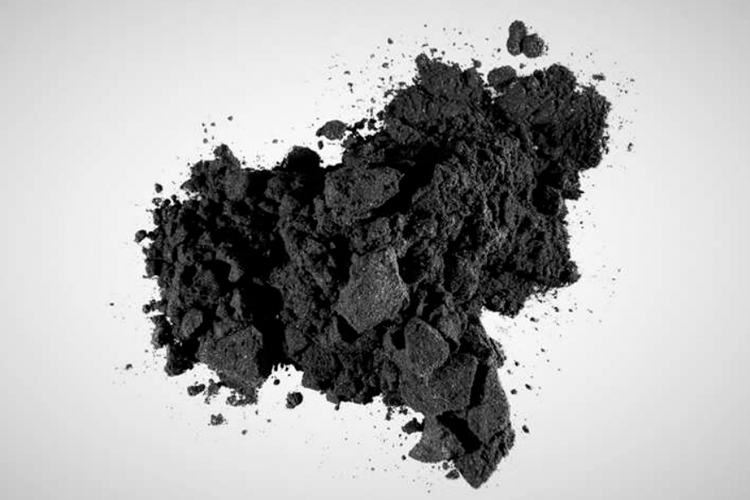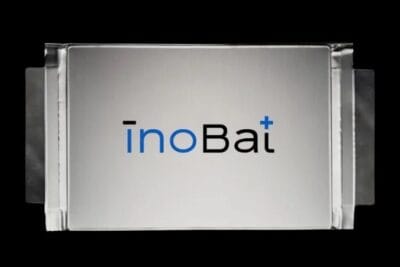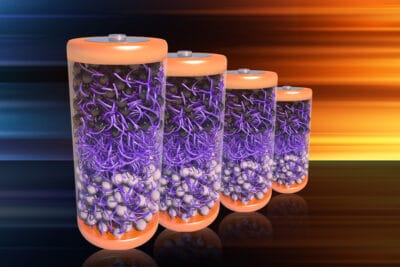China places export tariffs on graphite
China is restricting exports of the important battery material graphite. The People’s Republic now requires special export licences for three “highly sensitive” grades of the mineral, the Ministry of Commerce and Customs announced. The authorities justified the measure with “national security” and referred to the fact that export controls on graphite are “common international practice”. China dropped export controls on five less sensitive types of graphite, which are used in the steel industry, for example.
The new directive would be implemented from 1 December 2023. China is the world’s largest graphite producer and exporter. The country also refines more than 90 per cent of the world’s graphite into the material used in virtually all electric car battery anodes. Observers suspect that the move is a countermeasure to US sanctions in the technology sector, which were introduced with the Inflation Reduction Act. The investigation launched by the EU into electric vehicle imports from China may also play a role.
The move has prompted automobile manufacturers around the world to react by starting to look for a new source of graphite. As Kang Dong-jin, an analyst from Hyundai puts it: “With this new graphite export curb, South Korean firms which heavily rely on China for graphite imports would need to seek alternatives, such as mines from the United States or Australia, but it would likely increase the cost burden for many.” Others do not see such a drastic side to it, as Ivan Lam from Counterpoint Research states: “This control is not a complete ban, and there has been no significant impact on any industry during the previous temporary control. We believe that the average price of graphite will continue to rise in the future due to supply and demand imbalances, including Russia, which was one of the major graphite suppliers before the Russia-Ukraine war.”
China is not the only country intent on protecting its natural resources, as Ghana just gave permission for a company to mine lithium, but added special conditions to ensure that the nation would sufficiently profit from the mining operation. However, a major difference is that China is not really mining the resource any longer, having started production of synthetic graphite in 2021 to protect the environment. According to research by Mysteel, about 70 per cent of China’s current graphite output is produced from synthetic sources.
In June, China had already restricted exports of gallium and germanium with similar conditions. The two raw materials are important for the production of semiconductors, among other things – and thus affect electric cars, but also many other branches of industry.
reuters.com, mofcom.gov.cn (in Chinese)





0 Comments